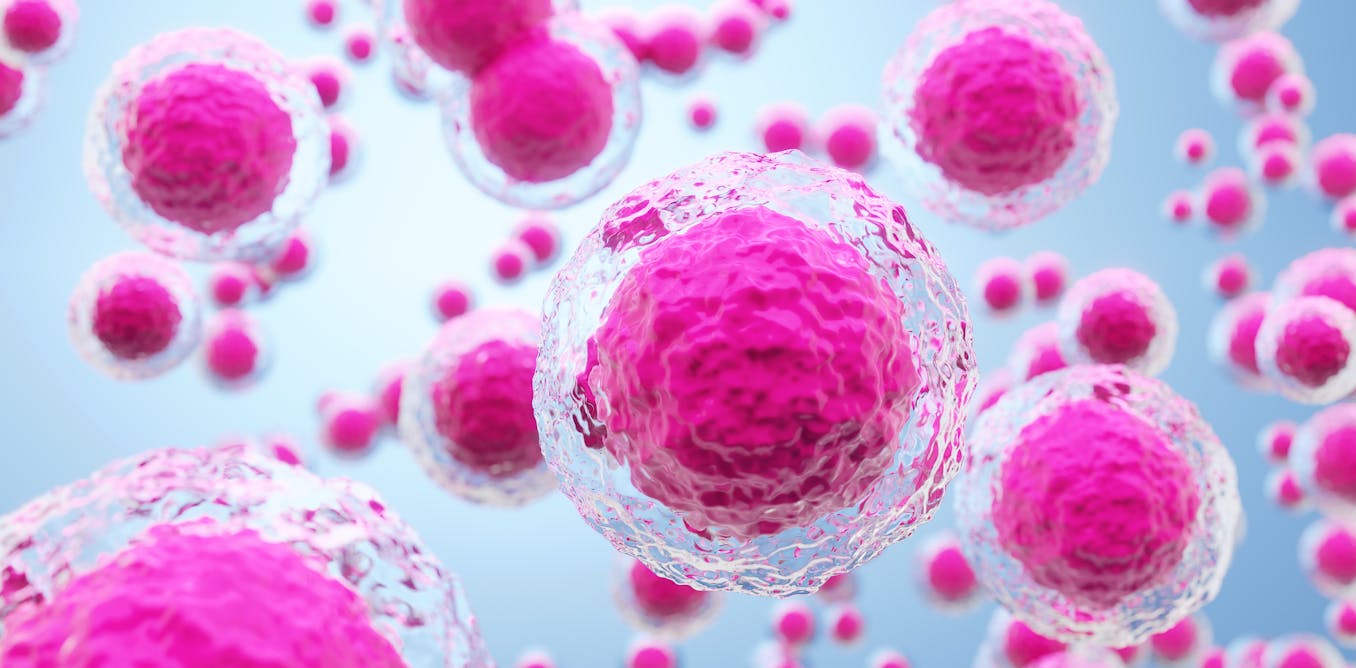This was a transplant that allows a diabetic patient to produce insulin again.

Genetic, environmental and lifestyle factors have contributed to the emergence of metabolic diseases, which many consider to be the pandemic of the 21st century. These pathologies affect the functioning of metabolism – a set of processes responsible for converting nutrients into energy.
Among the most famous and common is diabetes mellitus, which manifests itself in different ways. Type 1 occurs when the immune system attacks the beta cells in the pancreas, which are responsible for producing insulin. Without insulin, the body cannot use sugar as an energy source, forcing patients to supply this key hormone externally throughout their lives.
But a new window of hope in the fight against type 1 diabetes has just opened: a recent transplant allowed the patient to produce her own insulin again.
Complex cellular reprogramming
The authors of the invention are scientists from Nankai University in China. As published in the magazine cellfirst obtained fat cells, specifically adipocytes, from a 25-year-old woman with type 1 diabetes. They then converted them through a process of cellular reprogramming into induced pluripotent stem cells (iPSCs); that is, capable of transforming into cells of any type.
From these iPSCs, Chinese scientists created insulin-producing beta cells and eventually transplanted them into the patient’s abdominal muscle.
It should be noted that all cellular reprogramming processes were carried out using chemical products, which eliminates the need for biological tools such as genetic editing and the associated risks. Another big advantage is that because it is an autograft, unlike conventional transplants, there is no risk of immune system rejection.
Data should be taken with caution
The first data after the intervention are very promising: after two and a half months the patient no longer needed to continue insulin treatment and became insulin independent. Additionally, their blood glucose levels were comparable to those of people without diabetes.
However, there is a possibility that the autoimmune reaction characteristic of type 1 diabetes may reactivate and destroy the implant. But in this case we cannot test this because the patient was immunosuppressed due to previous liver pathology. Therefore, the results should be treated with caution.
Another important aspect that remains to be assessed is whether this method, if effective in the long term, will be viable on a large scale. The cost and complexity of the procedure could hinder its development as a widely accepted treatment for the nearly 50 million people with type 1 diabetes worldwide.
The medical revolution is in full swing
A similar strategy to the one mentioned was also used this year in China to treat type 2 diabetes. In this case, two years after transplantation, the patient returned to normal glucose levels before the disease developed.
Vertex Pharmaceuticals is also testing transplants of insulin-producing cells derived from embryonic stem cells—instead of the patient’s own cells—in people with type 1 diabetes. Although the results have not yet been published in scientific journals, in press releases. indicate that some patients who underwent surgery achieved insulin independence.
The problem is that these patients require severe immunosuppression, which leads to complications. In fact, two of the people treated (and apparently cured) were reported to have died. The company did not provide details about the reasons.
To address issues of immune rejection, one of Vertex’s clinical trials uses an experimental technique that encapsulates insulin-producing cells in plastic nanocapsules designed to protect them from immune response. To date, no convincing data on the effectiveness of this approach have been published.
Only time will tell whether stem cells can live up to the expectations placed on them or whether this is an unfounded promise.